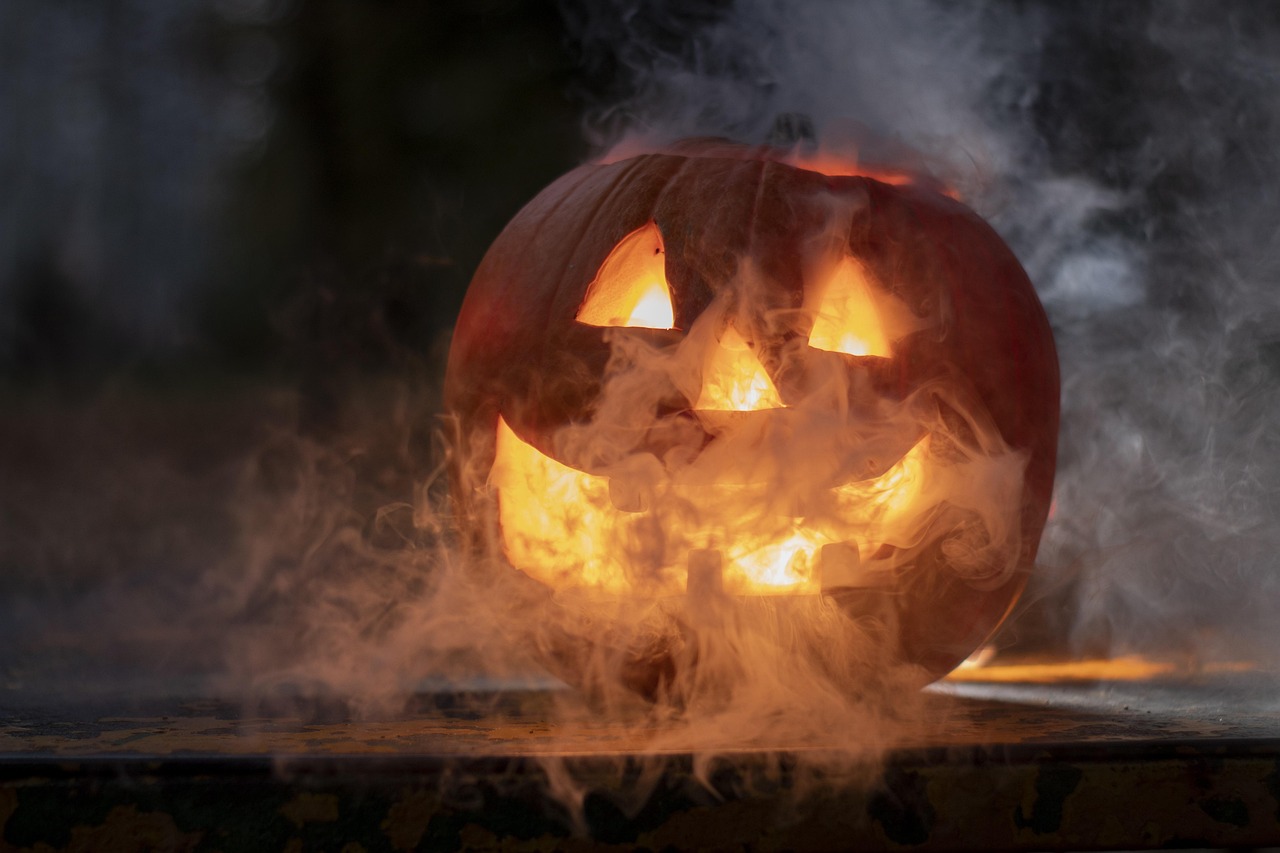Halloween’s imagery looks eerie at first glance, yet most of it began as comfort, caution, and community. Farm families marked changing light, protected doorways, and told stories that stitched memory to season. Over centuries, Irish lore met colonial customs, then film and marketing rewrote the script. What this really means is that fear was only one note in a larger autumn chord. Read closely and each symbol points back to harvest work, kinship, and the human need to turn darkness into meaning.
Jack-o’-Lanterns
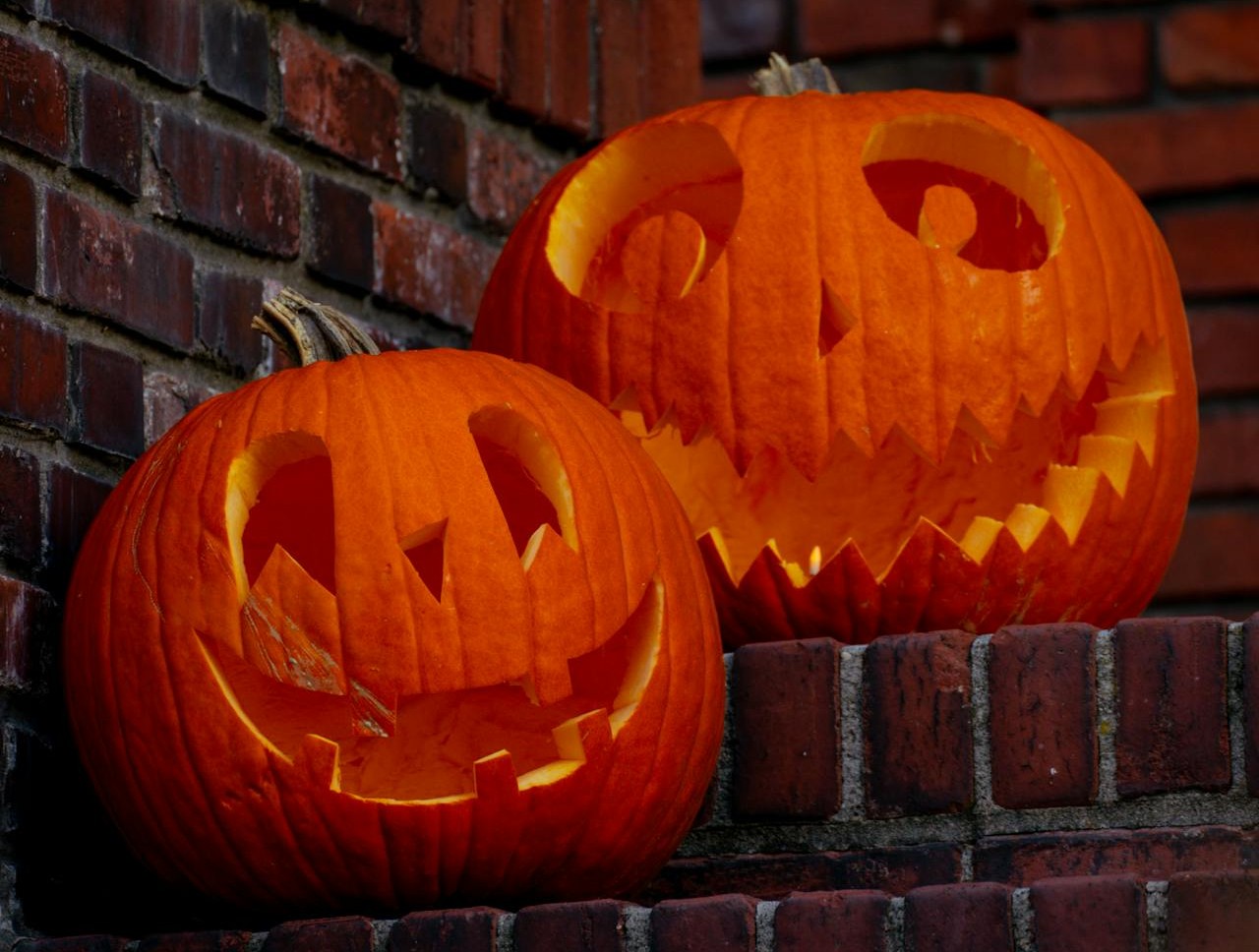
Carved pumpkins began as turnips in Irish and Scottish Samhain customs, meant to guard doorways and light a safe path. Immigrants found pumpkins larger and brighter, and the candle became a beacon of welcome, not menace. The figure of Stingy Jack survives as folklore, but the lantern’s core job was neighborly and practical, guiding travelers and marking thresholds during long, cold nights.
Black Cats
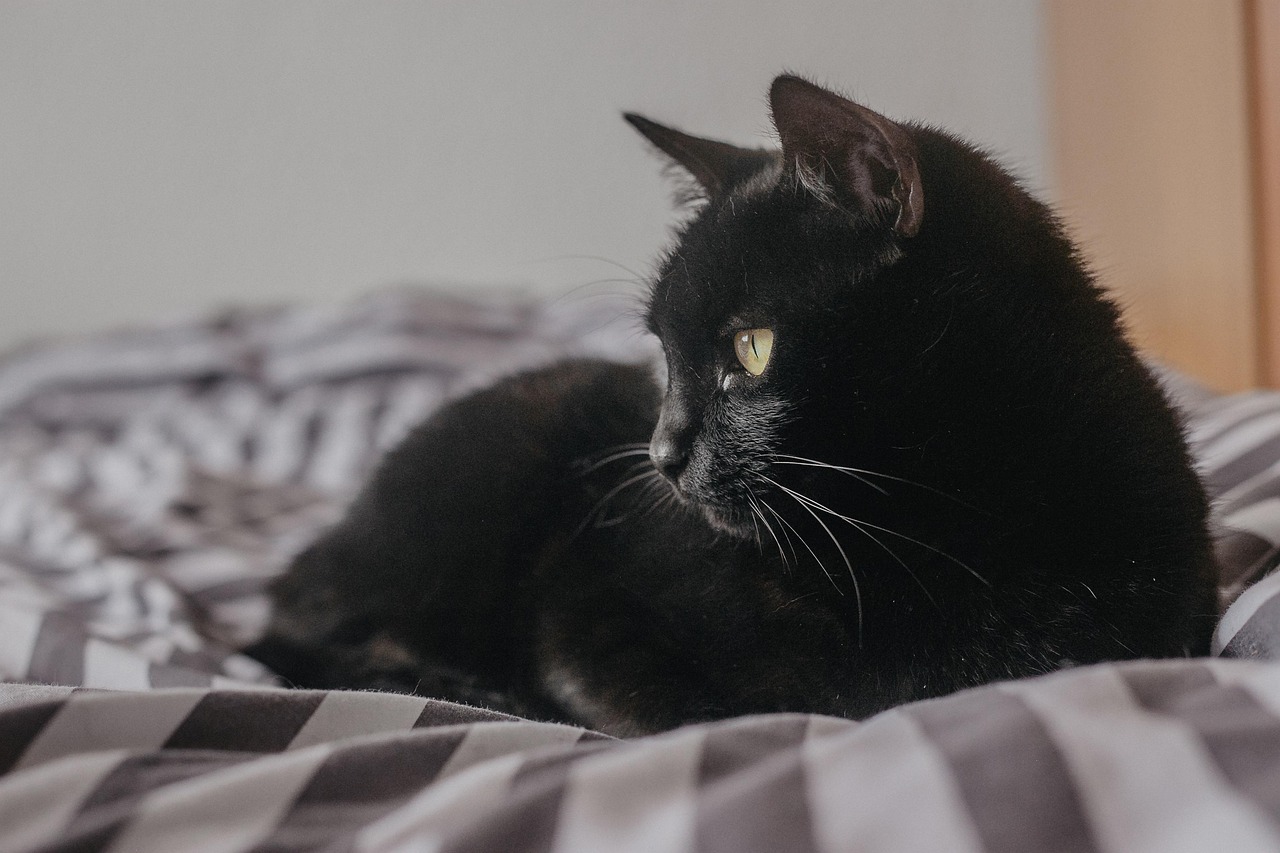
Their bad luck label grew in late medieval Europe, where fear of witchcraft stuck to quiet night creatures. Before that, cats protected grain and traveled on ships as omens of steady wind and fewer rats. The superstition outlived its cause and still hurts adoptions in October. Seen clearly, the black cat is a working ally of farms and kitchens, a soft sentinel that kept food stores safe through winter.
Witches and Broomsticks

The broom began in the hearth, a symbol of household authority and clean thresholds before rites and weddings. Folk memory then blended herbal skill, midwifery, and women’s autonomy into the witch figure, later exaggerated by trials and pulp art. Flight imagery echoes festival satire and field rites more than terror. Beneath the caricature stands a caretaker of seasons, using common tools to keep families grounded through change.
Bats
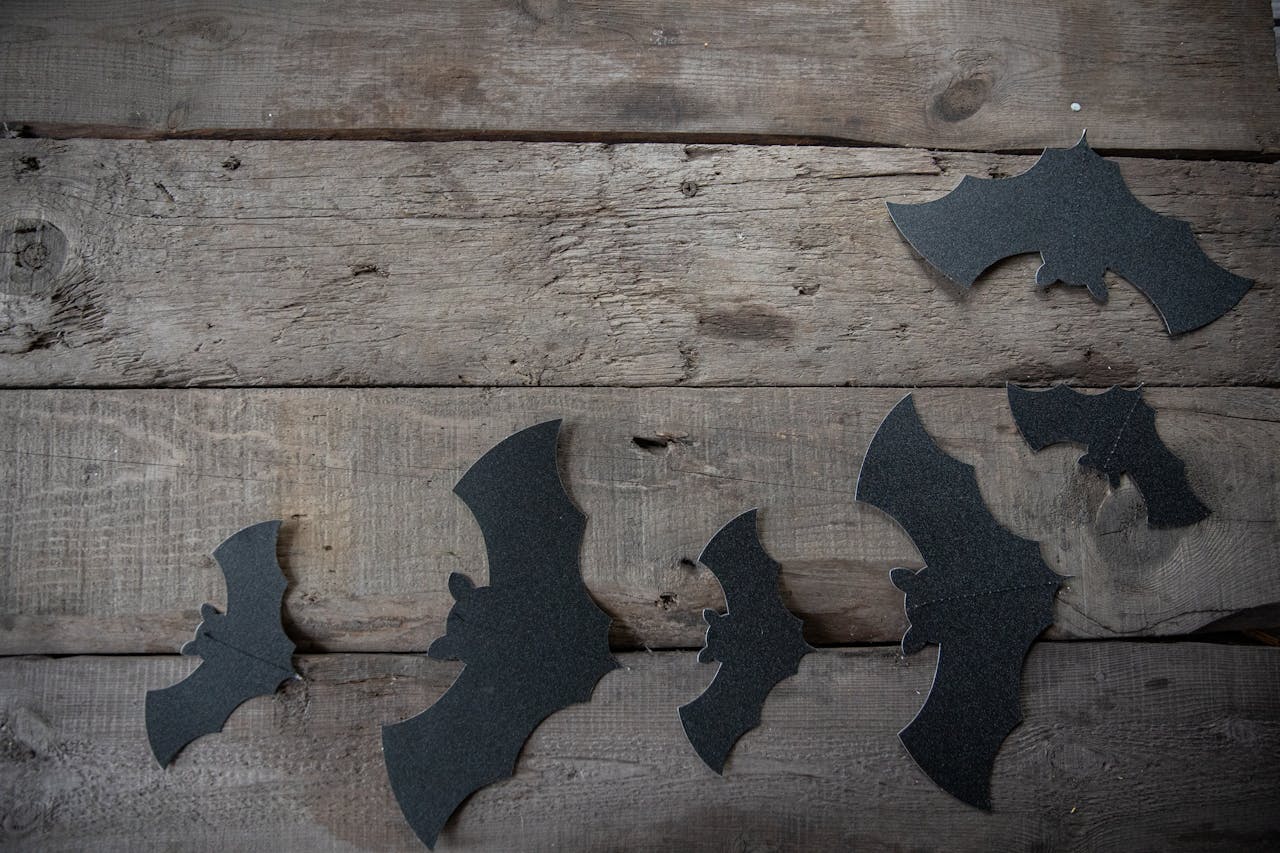
Bats wheel above bonfires because insects gather there, not because they chase dark omens. Across ecosystems they cull pests and pollinate fruit, keeping orchards and fields in balance. The vampire link is a literary graft that stuck to a helpful animal. In autumn twilight their silhouettes read as secretive, yet their role is practical and generous, a night shift that guards the harvest.
Spiders and Webs
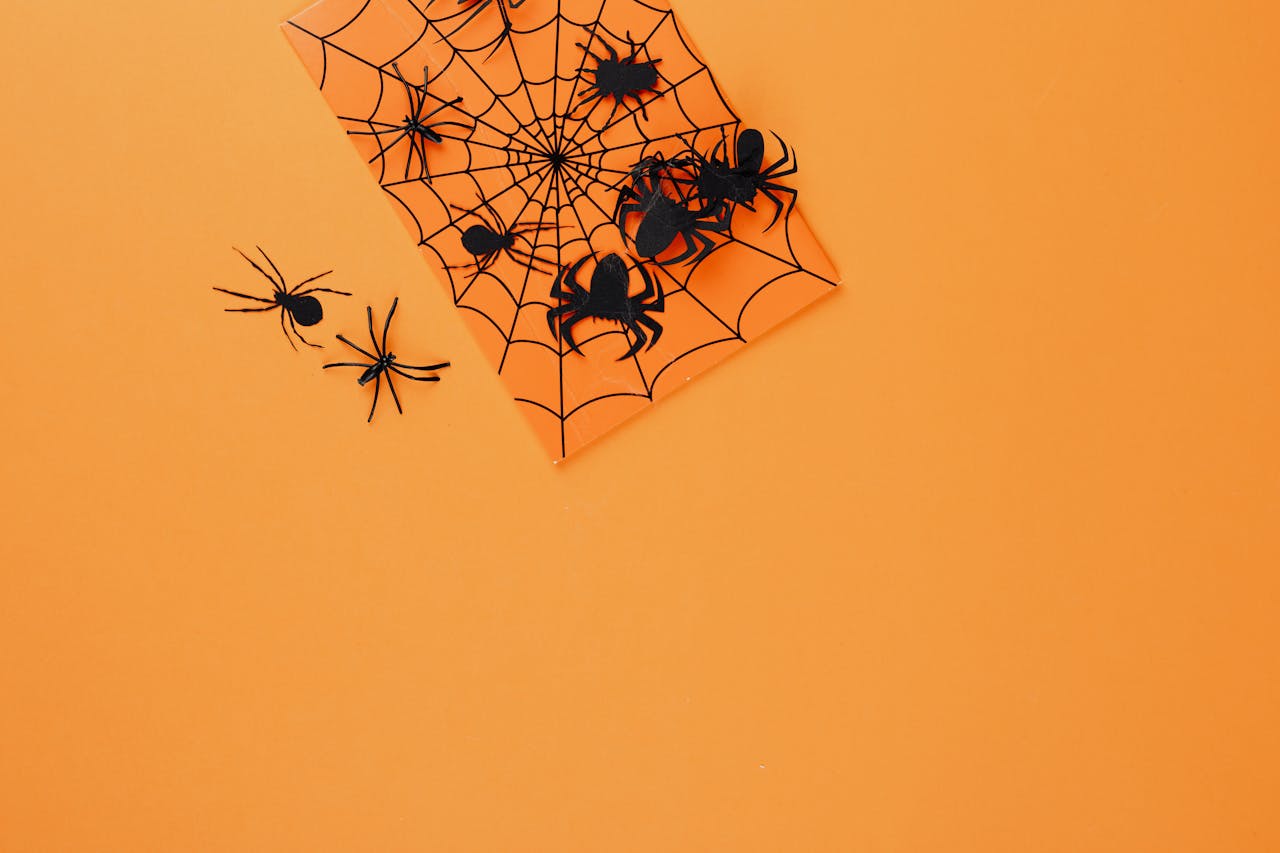
Dew makes October webs visible, turning quiet work into lace across fences and rafters. Household lore once praised spiders for thinning flies around food stores and linens. The haunted cobweb grew from images of neglect, not from the spider’s intent. Seen in context, a web is infrastructure, a patient geometry that signals an intact attic, a working garden, and a home stitched to its surroundings.
Ghosts

Samhain framed a thinner boundary between living and dead, inviting remembrance rather than dread. Families set places at tables, told ancestor stories, and carried small lights to guide friendly spirits home. Later observances layered prayers onto the same impulse. The white sheet shorthand is part joke and part symbol of absence made visible, a reminder that memory asks to be seen and fed.
Skeletons and Skulls

Bones deliver perspective. Medieval memento mori warned viewers to choose wisely because time is brief, while Mexican Day of the Dead turns skulls into bright continuity with sugar, music, and family altars. Halloween kept the stark outline and leaned into shock. The truer reading is steadier and kinder, a mirror that levels every status and invites gratitude for days still in hand.
Owls
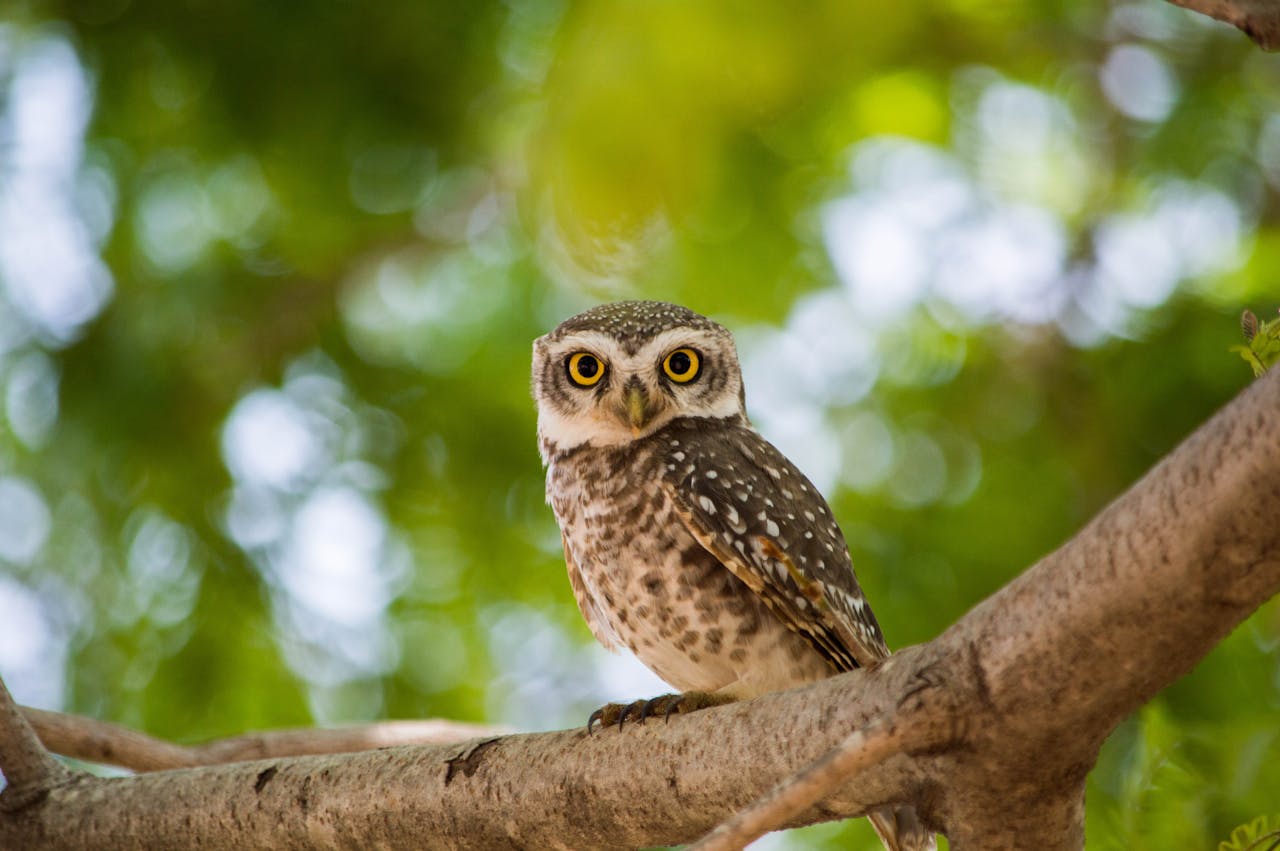
Owls became omens because they hunt when people sleep and their calls carry across bare fields in fall. Farmers also knew them as tireless rodent control around barns and granaries. That service reads as blessing, not bane. On October decor the wide stare and hooked silhouette signal alertness in the dark, a watch kept over stores and seed through the lean months.
The Full Moon

The full moon has long scheduled planting, tides, and feasts, which made it a natural marker for autumn rites. The harvest moon sits low and amber, giving farmers extra working light after dusk. Horror turned that lamp into a stage for panic, but evidence for chaos on full moons is thin. Mostly it marks rhythm and migration, a steady metronome above restless towns.
Candy Corn

Mocked today, candy corn began in the 1880s as tri colored kernels called chicken feed, a nod to rural pride and harvest plenty. The buttery, honeyed profile fit fairground sweets, and the sturdy shape shipped well to country stores. National marketing later bound it to October and parties. Love or dislike aside, it points to farming roots and the way branding stitched taste to season.
